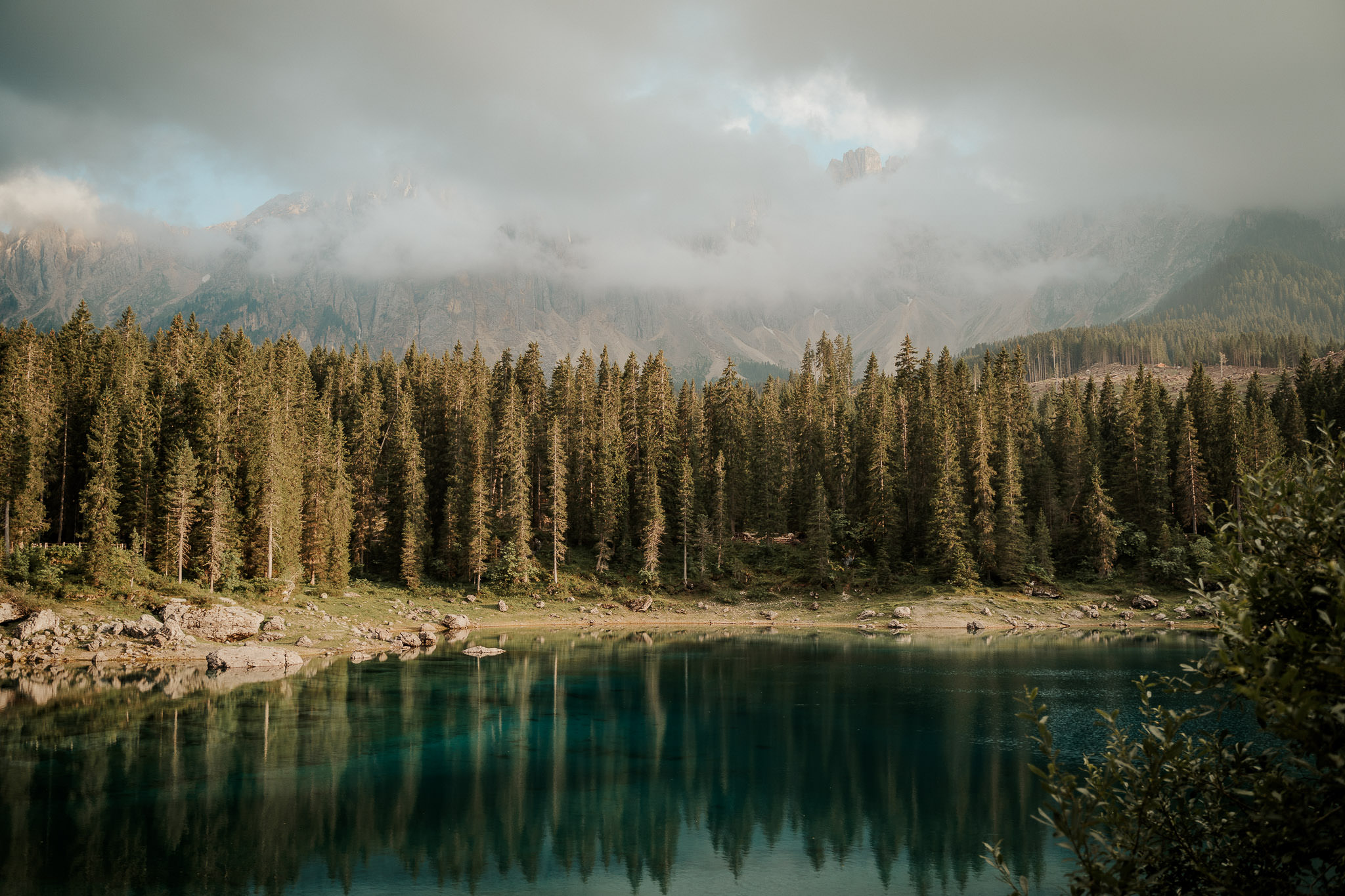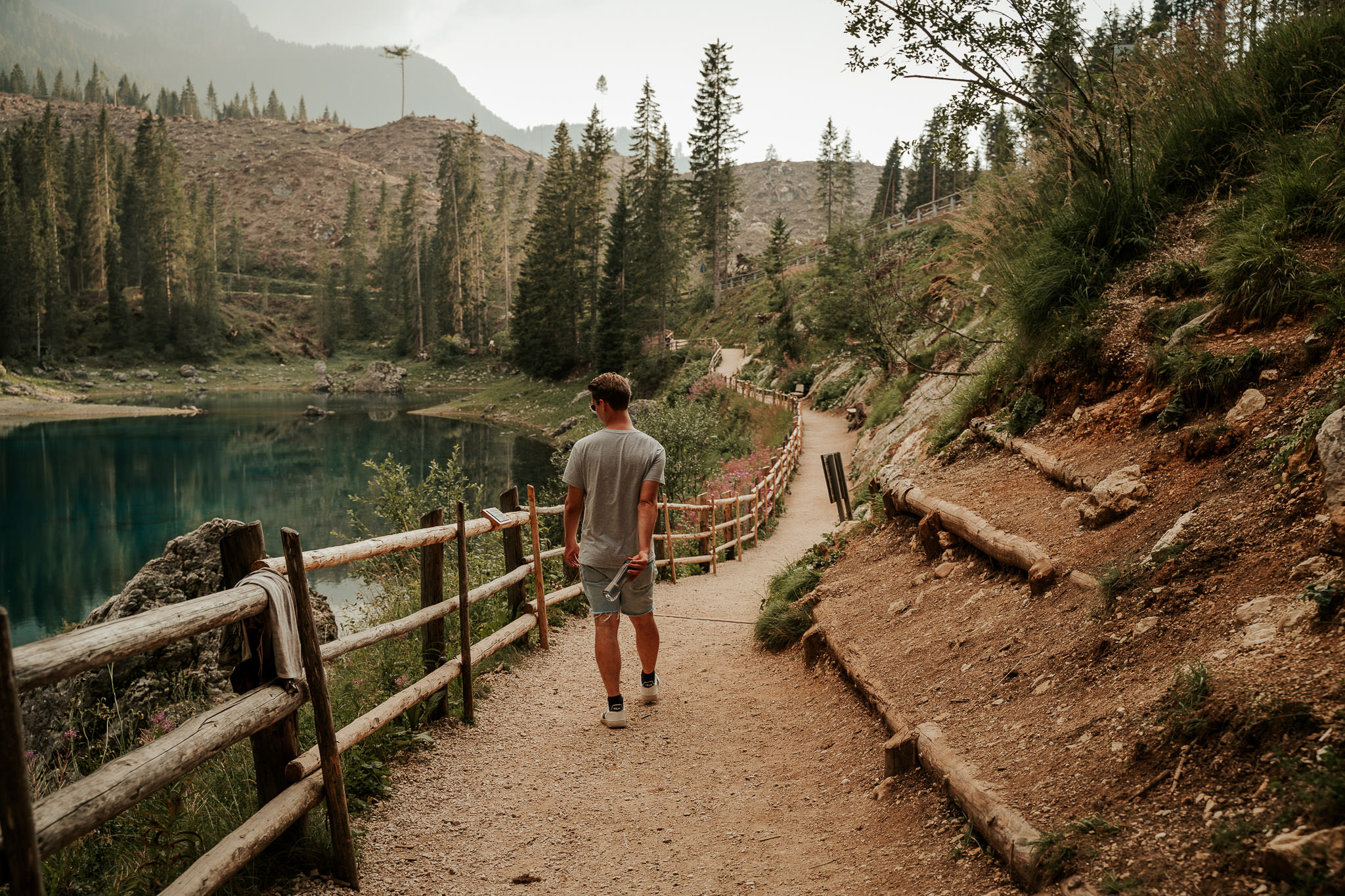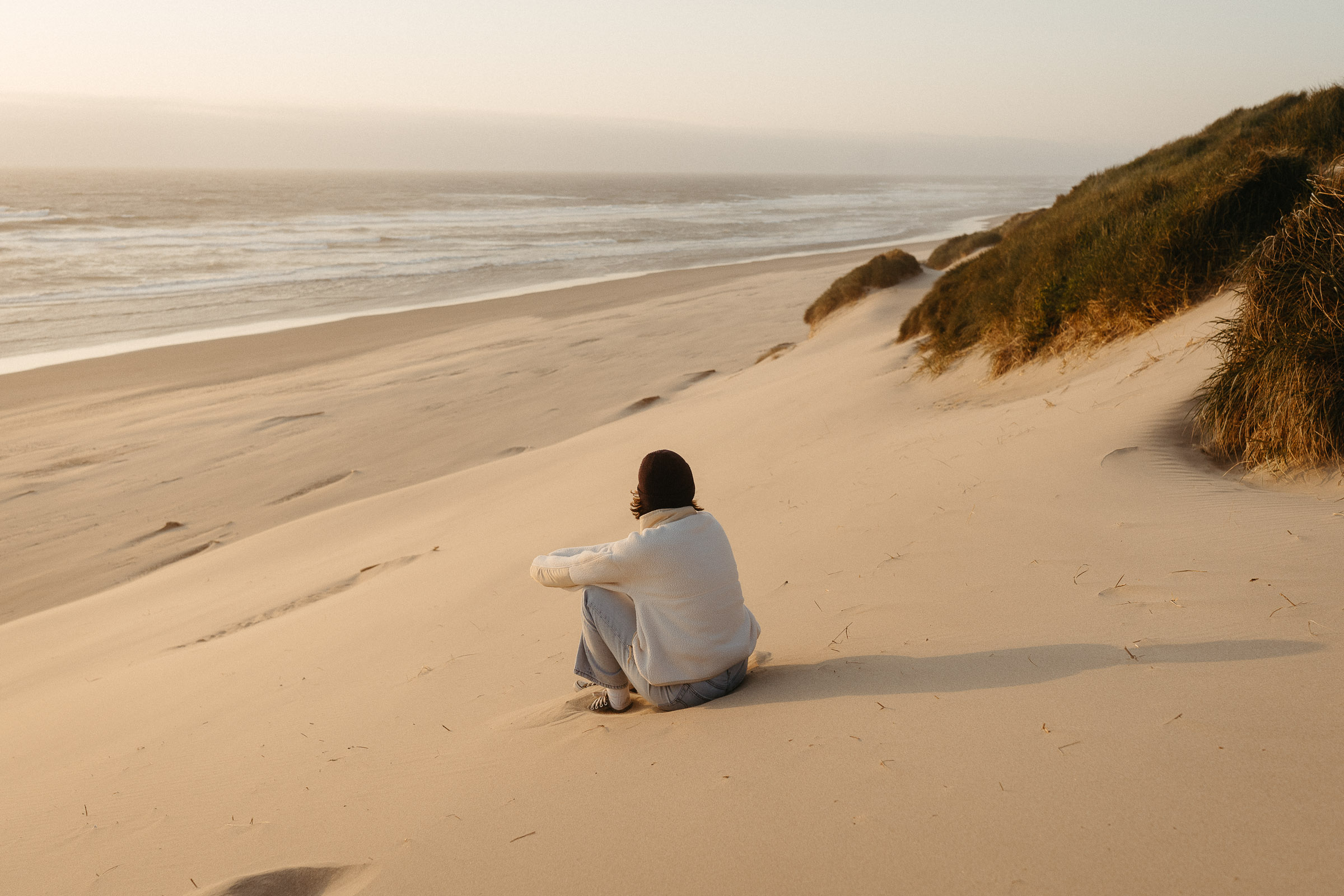
First: What is the "Leave No Trace" Etiquette?
The"Leave No Trace" principle is a code of conduct for outdoor enthusiasts and photographers alike. At it’s core, it advocates for a gentle, respectful approach to nature. It encourages us to enjoy the outdoors while minimizing our impact, ensuring these precious landscapes remain pristine for generations to come.
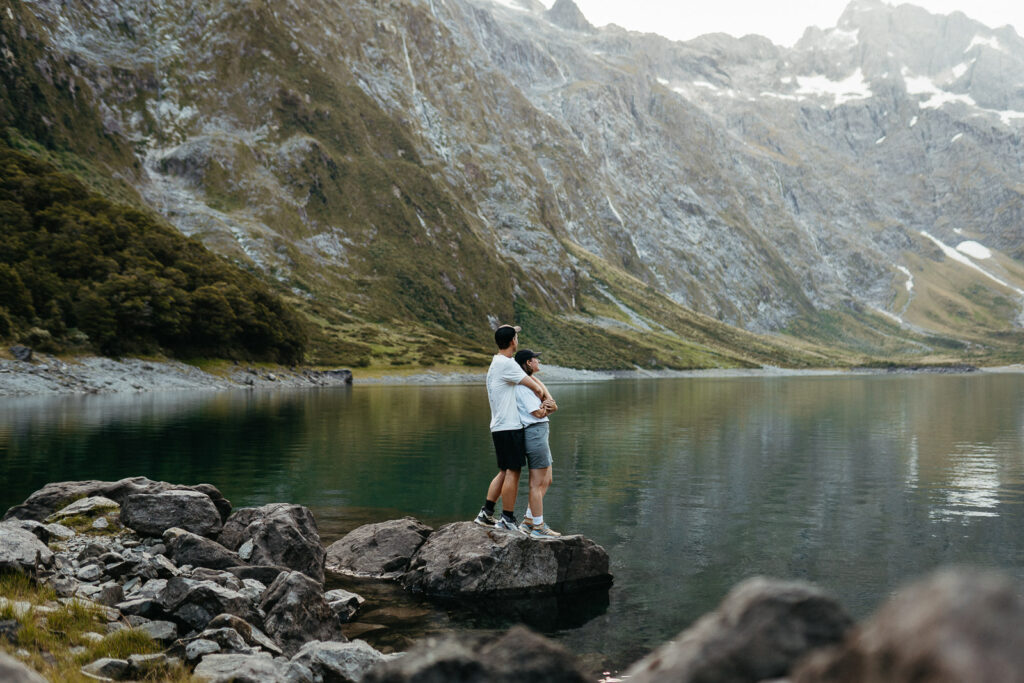
"No Trespassing" means "No Trespassing"
We've all seen them - those photos that make us wonder, "How on earth did they get that shot?" Often, the answer lies in a disregard for signs that read "No Trespassing" or "Restricted Area." This not only poses a legal risk but more importantly, it can have severe environmental repercussions.
I’ve been to so many places I knew from instagram pictures. Pictures of epic places with a person standing in this beautiful landscape surrounded by no one, but amazing mountains. You know what I’m talking about, right? And I would say in 6 out of 10 times it was not even possible to recreate those images, because everything except the viewpoint was fenced of and there were signs everywhere.
For Example: You know this place in the Dolomites? It's Lago di Carezza and there is a fence around it. You can't get down to the lake without trespassing.
Right in front of the lake, there's this prominent rock jutting out, framed by the mountain peaks in the background. It's undoubtedly an Instagram-worthy shot. And we have all seen people on those rocks, right? But, here's the catch – it's off-limits! No need to worry about long selfie queues, because it's strictly prohibited. If you climb over, you'd be trespassing. Keep in mind, there's security patrolling the area. Those who attempt to climb the fence will face penalties.
Now you may wonder why so many of these natural wonders, Lago di Carezza included, are fenced off? It's not to withhold the view, but rather to protect fragile ecosystems from the harm that comes with human traffic, specially after going viral on social media. Lago di Carezza is magical and in order to maintain the lake's natural beauty, it's not allowed approach the water closely. There are visible signs in every direction pointing out that swimming in Lago di Carezza is not permitted. These barriers serve as a reminder that some places are best admired from a distance.
What can we do as photographers wanting to shoot in nature?
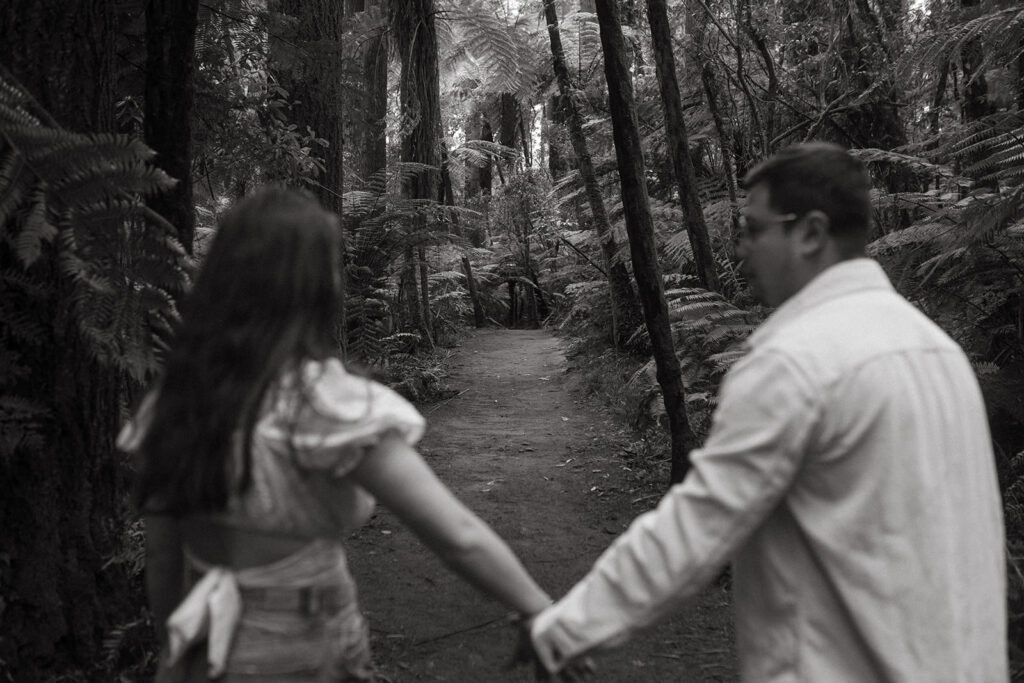
1. Minimize Your Footprint:
When setting out for a shoot, consider the impact of your presence on the environment. Stay on designated paths and trails to avoid disturbing delicate ecosystems. This helps preserve the natural landscape and ensures that future generations can experience the same natural wonders you're capturing.
2. Dispose of Waste Properly:
Carry out everything you bring in, from equipment to personal belongings. Leave behind no litter or waste. This practice not only respects the environment but also preserves the the landscapes you love to photograph. Also, please don’t bring confetti or stuff that is not biodegradable. Even biodegradable confetti made out of rice paper needs rain to fully biodegradable and without rain it still looks like trash (not good).
If confetti is really a must-have for you, consider dried flower confetti, available for example at Blütenkonfetti.
3. Research and Plan Ahead:
Before heading out to a location, do thorough research. Understand the rules, regulations, and guidelines specific to that area. This includes checking for any restricted zones, permit requirements, or seasonal restrictions.
4. Respect Wildlife:
Maintain a respectful distance from wildlife. Avoid interrupting their natural behaviors or habitats. Do not feed or approach them.
5. Preserve Cultural and Natural Features:
Resist the urge to alter or move elements in the environment to enhance your shot, don't stack rocks or collect flowers. Your art lies in capturing the world as it is, not as it could be. By preserving the integrity of the landscape, you honor its true essence.
6. Be considerative of other visitors:
Nature is there to be shared and visited by everyone. You are not alone and you are not special just because you carry a heavy camera with you. Please don't disturb others by turning up the volume on your Bluetooth speaker or keeping a place to yourself. Be friendly, share places and make space on the trails.
7. Educate and Inspire:
Through photography, you have a powerful platform to raise awareness about the importance of conservation. Share the stories behind your shots, highlighting the beauty and fragility of the environments you encounter. Share the importance of "Leave No Trace" principles with your audience and fellow photographers. Also if you decide to share the location of your photos on Instagram, make sure that you only share photos that have been taken with the Leave No Trace principle in mind. Show through your work that stunning, authentic images can be captured without compromising the environment.
Summary:
In summary, by adopting the Leave No Trace ethic, we as nature-loving photographers become little caretakers of the environment, leaving only footprints and capturing memories.
Share this story
